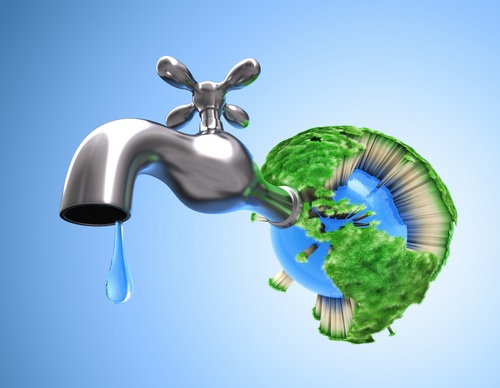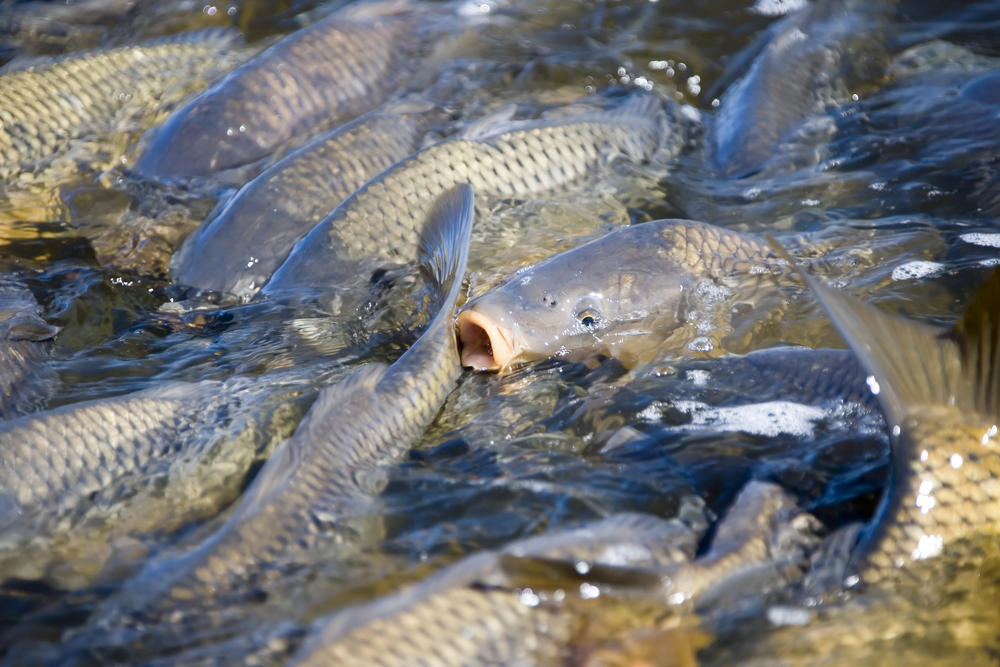In discussing the risks of water scarcity and quality over the past year (here, here and here), our attention has mostly focused on the developed world. By and large, we have talked about the risks that companies will have to deal with as these realities become more dire in the future.
The United Nations, however, naturally sees water risks through a different prism, particularly during its World Water Week, which started yesterday with a mission to increase awareness of a growing global water crisis affecting billions of people. Much of its advocacy and fundraising to provide better — and just more — water to children who lack access is being done by its UNICEF Tap Project.
In 2007, the UNICEF Tap Project was born in New York City based on a simple concept: restaurants would ask their patrons to donate $1 or more for the tap water they usually enjoy for free, and all funds raised would support UNICEF’s efforts to bring clean and accessible water to millions of children around the world.
Growing from just 300 New York City restaurants in 2007 to thousands across the country today, the UNICEF Tap Project has quickly become a powerful national movement.
During World Water Week, March 21-27, 2010, the UNICEF Tap Project will once again raise awareness of the world water crisis and vital funds to help the millions of children it impacts daily. All funds raised support UNICEF’s water, sanitation and hygiene programs, and the effort to bring clean and accessible water to millions of children around the world.
For more on the Tap Project, check out his video, which manages to be both very depressing and very uplifting all in the span of five minutes.
Another great video comes to us from National Geographic and details the trek that many Africans must make just to find water. Better still, this is just one small piece of Nat Geo’s new issue dedicated to water, which offers stories about the Jordan River, the Tibetan Plateau and desalination technology, among others.
The whole thing is a must read.
In other news, IRIN highlights the lowlights of a new UN report in an article called “Unsafe Water, the Silent Killer.”
Every 20 seconds a child dies from a water-related disease – 1.8 million children younger than five years each year. This alarming figure is from a new report by the UN Environment Programme (UNEP), which says millions of tonnes of solid waste are being flushed into water systems every day, spreading disease.
“More than two billion tonnes of wastewater are being flushed into our fresh water and oceans every day, every year,” Christian Nelleman, the lead author of the report, Sick Water?, told IRIN.
The wastewater, a cocktail of agricultural and industrial runoffs and sewage, was seeping into groundwater and polluting drinking sources, like wells, in low-lying areas where the bulk of the world’s population live.
Countries should not only invest in infrastructure to manage wastewater but also in ecosystems, for instance by replanting mangroves, which acted as natural filters in coastal areas, said Nelleman.
And IPS reports on another study showing that more people die from water-related issues than from war.
The devastating earthquake in Haiti last January claimed the lives of more than 200,000 people, making it one of the biggest single natural disasters this year.
But in contrast, some 3.6 million people — including 1.5 million children — are estimated to die each year from water-related diseases, including diarrhoea, typhoid, cholera and dysentery.
As the United Nations commemorates World Water Day next week, Secretary-General Ban Ki-moon says clean water has become scarce and will become even scarcer with the onset of climate change.
“More people die from unsafe water than all forms of violence, including war,” he said in a statement released Thursday.
Troubling stuff.
And something we all need to work to remedy — both for the sake of our economy and our humanity. (h/t to Ideas for Africa for the links. Follow them for more interesting water stories throughout the week.)




